My 15-year-old daughter and her older cousin are discussing Sitaare Zameen Par and how “hella sweet” it is. Setting aside some of my adult cynicism around the movie, I find myself quite taken by how they have an organic grasp on the natural order of things, how existence is really just about co-existence. “Chill bro”, it turns out, can be a profound statement.
This moment stays with me as I begin to work on this column. For its maiden theme — parenting and neurodivergence — I find myself circling one question: ‘How can we listen, and learn from the children?’
Attuned as we are to embody the default role of the man/womansplainer when it comes to our children, we can often miss the simple, profound truths they seem to have an inborn understanding of.
And in the case of neurodivergence, I find that we, the grown-ups, are more often than not missing the forest for the trees.
Why “normal” needs rethinking
“What does neurotypical mean?”
Dr Shelja Sen, narrative family therapist, acclaimed columnist, author, and co-founder of Children First, states a starting point: “Neurotypical is this idea of normalcy that one can diverge from, and hence be neurodivergent, but the idea of normalcy itself needs questioning, right?”
Her words push me to look closer at the idea of “normal” itself — not just in the context of neurodiversity, but in how we parent, educate, and measure success.
When did it become normal for university cut-offs to be in the nineties? For children to attend class after class to “upskill”? To start as young as possible so they don’t miss out?
I vividly recall a conversation with my daughter years ago while discussing extracurricular activities. She told me matter-of-factly to enrol her in as many classes as possible, like her peers. “Because we must keep busy, no?”
I laughed it off then, but later returned to ask what she meant. We ended up talking about how we assume something is normal simply because everyone does it. “Everyone is always on their phones these days, but that’s not normal,” she concluded.
It struck me that what we normalise often has little to do with actual needs, and everything to do with patterns we’ve accepted without question. This one-size-fits-all idea that fails to reflect real lives — and into that gap fall many children. When we encounter diversity, we often skirt around it, ignore it, label it, or respond with cruelty. Thus emerges the divide between neurotypical and neurodivergent children — another round of the “us and them” game.
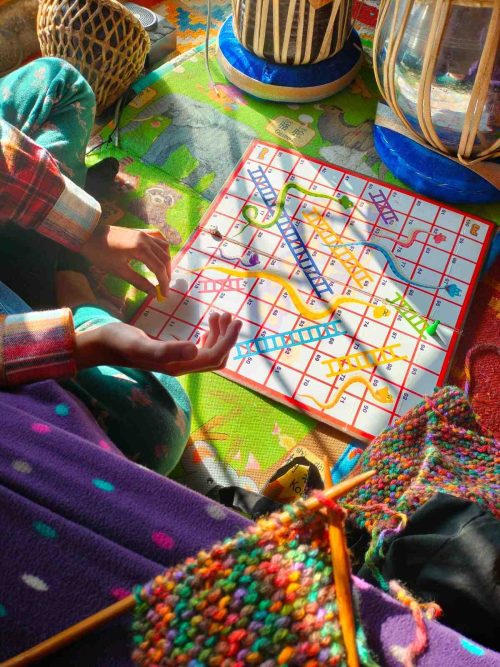
Anita Prasad, seasoned special needs expert and current head of the Special Education Needs (SEN) Department at Step by Step School in Noida, recalls her first reaction to the term when she began her career in the late 1980s.
Meeting me in her office, the picture of grace and calm, she says, “Someone told me about this new PG diploma teaching course that’s for special children. I said, ‘Yeh special kya hota hai, bachcha toh bachcha hota hai na? (What does “special” mean, after all? A child is a child, isn’t it?)’.”
Her instinctive response sets the tone for a key idea in this piece: understanding before labelling.
Understanding neurodiversity, unlocking empathy
This isn’t to take away from the truth of neurodiversity — a term coined by Australian sociologist Judy Singer in her 1997 undergraduate thesis — and how we are all wired differently. Rather, it’s a way to understand, respect, and appreciate it.
Even in our individualities and identities, we first recognise the core truth of our similarities — unlocking empathy to activate compassion.
I hear my friend echo this thought when I ask her about the language around neurodiversity. Swaati, a classical dancer and writer navigating parenting and neurodivergence with her 11-year-old son Aadi, says, “First, we harmonise; then we can get into specifics.” She frames it within human evolution, drawing from Ancestral Habits, a social media handle that explores the relevance of ancestral practices today.
“Different kinds of people were needed to keep society going — those who can maintain order and those who are the thrill seekers. That’s how DNA evolved — for this strain that we now recognise as a defect only because modern life is all about these cookie-cutter moulds.”

Swaati points to the “other-ing” in our culture. “We’re so obsessed with the brain of the neurodivergent… it’s in these binaries, how the brain is failing, not doing what it’s supposed to, or how it’s a genius brain — CPU hai, AI hai (It’s like saying the brain is a CPU, it’s AI).”
In doing so, she says, we lose the holistic view — the human view. “If we don’t look at the emotions of the child, the humanity, make those human connections, then how will anything get better?”
Krishna, a Chennai-based special educator, inclusion practitioner, and assistive technology consultant, offers a fitting analogy: “The design of the sari is so diverse, accessible. The same sari can be worn by people of multiple sizes and shapes.”
The point: a common framework that adapts to individual needs. The Universal Design of Learning (UDL), which Krishna cites, applies this principle to education.
Priya, a Mumbai-based single parent, writer, and actor, translates this into her parenting. She shares a pandemic anecdote about her father teaching her son Math over video calls. Initially focused on discipline, the grandfather scolded the boy for slouching — until encouraged to check for understanding instead. He then realised the child had grasped everything despite his posture.
“That’s when I told my dad, ‘Sitting straight doesn’t necessarily mean paying attention. In fact, if he was sitting straight, he wouldn’t be able to learn.’”
At 15, Priya’s son Arhant learns best through theatre. “He can watch plays with very complex themes and learn from them.” Accepting that children learn in different ways and customising the experience accordingly can be deeply fulfilling, even if it’s not the norm.
As Priya says, “I actually feel this is a more authentic life because you don’t fall into all the usual traps that neurotypical folks do.” Her son has opted out of the traditional schooling system, focusing on the guitar, logical reasoning, and Kalari.
If good parenting is truly child-led, then this off-the-beaten-track approach might be one of its purest forms.
The hidden weight parents carry
The path is far from rosy. There is harsh family judgment and biting social censure.
Aditi, CEO of Much Much Spectrum — a Mumbai-based storytelling studio focused on intersectional narratives around mental health, disability, and neurodivergence — speaks of the stigma and shame parents face if their child is marked as different. “It’s recognised as tumhare pichle janam ke paap (the sins from your past life),” she says.
Swaati shares that half her role as a parent is myth-busting. “There is a perception that these children are violent, that they have no control… they even use the word paagal (mad).”
Priya adds, “The Indian family mindset means that anything that makes it less strong, we mask it, because as a unit, we need to hide the weakest link, right?”
This ingrained mindset, experts say, is why the system fails children — its cracks showing up in every sphere of a neurodivergent child’s life, from education and healthcare to insurance and justice.
Shreya Munoth, Advocate-on-Record at the Supreme Court and Partner at Chakravorty Samson & Munoth, tells me, “It’s not a regulated system, and the implementation is uneven.” She highlights major gaps in enforcing the Rights of Persons with Disabilities (RPWD) Act, especially for autism. While the 2016 amendment expanded the list of recognised disabilities, regulation remains weak, and there are no individualised mechanisms for assessment and support.
She points to vague guidelines, inappropriate assessment settings like AIIMS, high therapy costs, and inadequate enforcement of inclusive education policies. Clearer mandates, standardisation, and periodic audits, she says, are essential for meaningful inclusion. For now, “it’s a sordid state of affairs”.
Caught in this messy reality, many parents take desperate steps — either avoiding a diagnosis altogether, or rushing into the “fix, fix, fix” mindset.
As Anita puts it, “Parents lose the early years in doctor shopping. It’s very clear that they have not been able to work with their children and recognise their individuality, because they have only been looking for solutions everywhere.”
This, experts agree, is one of the greatest tragedies: “Everybody works with the children, nobody works with the parents.”
Why mothers shoulder the most
When it comes to parenting neurodivergent children, the main onus often falls on the mother. She takes the blame, carries the guilt, and remains the most invested in supporting her child — juggling therapies, and explaining the diagnosis to immediate and extended families who are often unsupportive.
When Swaati first received Aadi’s assessment, she felt miserable. “It’s given to you like this report card, this really bad CV.” From there begins the whirlwind of therapies, which, she says, “can be its own kind of hell because mothers are kept in the dark while experts do their thing and the children are bawling.”
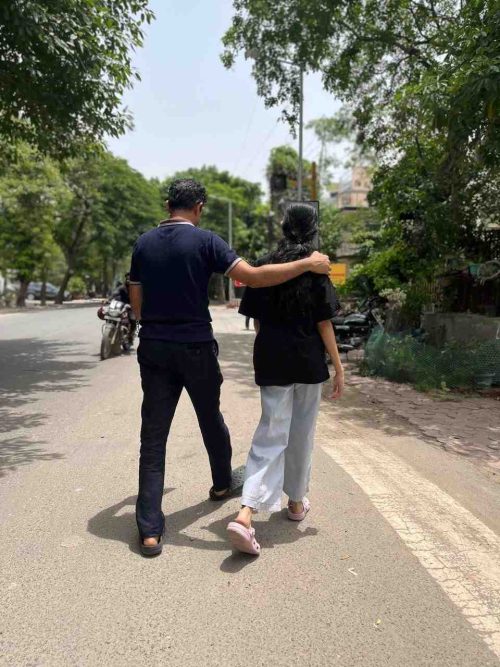
Dr Shelja Sen sees a direct link between a child’s neurodivergence and the mother’s depression. “Anything the mother does or has done is wrong — so much guilt and shame is being carried by the mother.”
In her family sessions, she tries to rebalance the load, asking fathers not only, ‘How are you taking care of your child?’ but also, ‘How are you taking care of her?’
Swaati does the same with her peers. “You know how conversations always start with the problem — I always make it a point to ask the mothers, ‘What does your child like, what does (s)he enjoy doing, where is the joy?’”
For many, the mother also ends up showing the way. “If Aadi had been neurotypical, I wouldn’t have bothered to do a lot of things, including my own therapy. Because I was pushed to a corner, because things got dark, I had to. So I’m thankful now because it has made me a better parent, and a more aware, better person,” says Swaati.
Bengaluru-based play therapist and parenting coach Manju decided to homeschool her daughter, Lavanya, after her diagnosis. Since then, she has worked to support the community, designing customised activities and therapies based on close interaction with children and parents.
Priya normalises her son’s ADHD both at home and in society. “I’m very open with Arhant and everybody else about his ADHD, right from the beginning. I think it’s very empowering. At the same time, I’m very clear with him that it’s not some free pass we use to get away with anything.”
With a touch of humour, she adds, “And it’s also not something to give up on — like oh I have diabetes, so I might as well eat gulab jamuns and die…It’s something we deal with and manage.”
Shelja recalls being a young mother facing the dreaded PTMs that every parent of a neurodivergent child identifies with. “They kept telling me how he’s doing everything wrong. I asked them to pause and tell me what he’s doing right, because I refuse to accept otherwise. We have to be very strong advocates for our children.”
Doing away with labels and embracing some PQ!
Shelja says her personal experience — both as a partner to her husband, Children First co-founder Dr Amit Sen, and as mother to a son with ADHD — helped her have “an easy relationship with the diagnosis”.
Anita is blunt about it. “Labels are not so great,” she says. “For us, they’re important to an extent because we work with children and some broad directives are helpful. But each child is different, and too much of the specifics are not useful. In the day-to-day of life, there’s not much need for such language.”
For Swaati, the paperwork was just a means to access accommodations. “My reading and my interactions with the right kind of people helped me make my peace with how autism is an umbrella term, because it’s still something we don’t fully understand yet. I know my child is not the sum of these points. Children are meant to be loved and cared for, not analysed, right?”
Priya treats the assessment as “something to go back to when needed.” Even before the formal report, she says, “I was 85% on the right track with my own research into ADHD. The assessment helped with future course-correction and to ideate on what else can be done to support him.”
This perspective runs through Shelja’s professional work as well. “We can’t make it the central, defining narrative of our lives,” she says. “The therapies are important but don’t make them central to the experience of your parenting. We’re creating more storms in our lives and in our children’s lives too. I tell the parents that we just need to provide the soil to our children — just focus on your relationship with the child, connect with the child, play.”
She champions the “playfulness quotient” or PQ, as she calls it. “Forget about IQ, EQ, focus on PQ!”
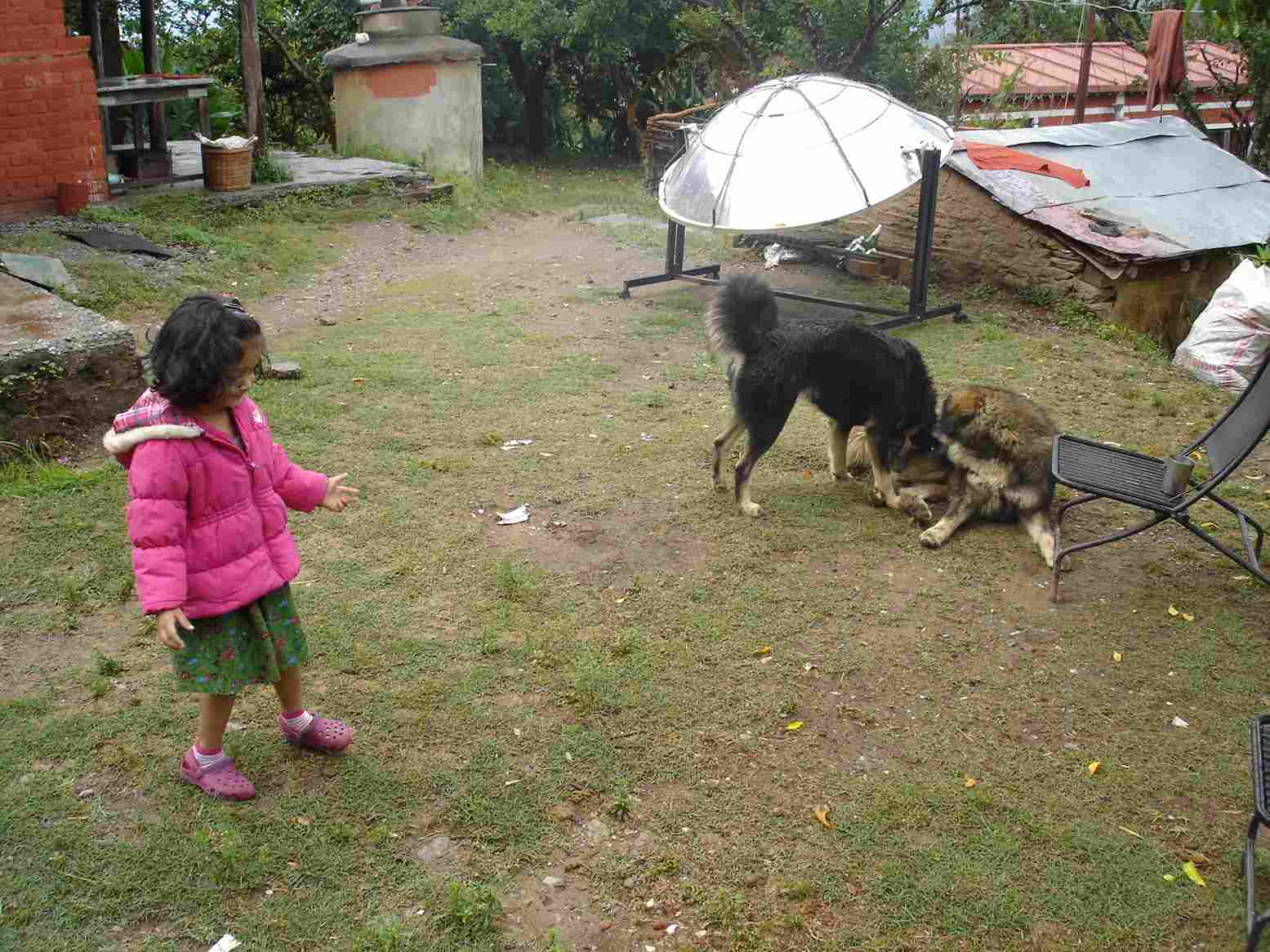
Her point is simple but radical: if we redefine what childhood should be, the way we parent will naturally shift. “How do we as a society view childhood? Is it simply a training ground for adulthood or can it just be childhood — for fun, for play, for exploration, for imagination?”
Anita echoes the sentiment. “Parents tell me: ‘At least they should know how to read ABCD, right Ma’am?’, but I tell them it is not their need to learn ABCD — that might be your need. For them, it’s most likely to make some friends, have some fun, play.”
When Priya began learning about ADHD to support Arhant, pop-its and fidget spinners appeared all over the house. “It’s about providing the right environment,” she says.
Manju shares how Lavanya still treasures something many children today have lost — colony playtime in the evenings. She also smiles, Manju says, “Only meaningful smiles, not social smiles.” It’s a distinction that stays with me — a small reminder of how the simplest human connections can be the most transformative.
Hope, policy and the path ahead
Even as mothers lead the charge, the responsibility is shared by all. “We heal in kinships, not in silos,” says Shelja.
This is where the shift needs to happen — a collective rethinking of what we value as a culture, society, and country. She invokes Thich Nhat Hanh’s “selective watering”: “We all have positive and negative traits like seeds, and they grow depending on what is watered. If we keep trying to make the child perfect by certain standards, we’re watering the negative seeds. The same applies to us as parents — and to society as a whole.”
Shreya is unequivocal: “It is the responsibility of the state that no child is left behind and is provided the environment and resources as per the child’s needs.”
She points out that India has done this before: “The KV system, while poorly resourced, has produced high educational standards. We have the IITs and medical schools. We should replicate those models at the primary level for this too.”
Priya calls for “real value training at all levels.” Aditi wants strong policies for schools, assisted living centres, hospitals, and insurance, with “those with lived experiences at the policy-making tables.” Anita envisions common learning resource centres, tied to NGOs, hospitals, and experts, working with parents, children, and educators.
Krishna advocates “building the system around the child,” not fragmenting support by diagnosis: “When we talk of neurodiversity, the child should be at the centre — not that the speech issue child goes to a speech therapist, the sensory needs child to an occupational therapist, and so on.”
The media has a role too. Swaati loves the Korean OTT series Extraordinary Attorney Woo, which portrays its protagonist in her entirety, not just as someone with Asperger’s. Aditi recalls how Taare Zameen Par helped India understand dyslexia, and says Much Much Media, which she runs with co-founder Alaap, aims to change the narrative.
“We want to move away from pity — bechara (poor thing) — and from feel-good inspiration, towards authentic, lived experiences.” She notes that representation of neurodiversity is shifting much like LGBTQ+ visibility once did.
Anita is excited about a new RCI directive proposing a CBSE certificate programme in inclusive practices for mainstream teachers. Shreya shares a hopeful note: “We have started understanding intersectionality, even if in a limited way — without it, how can we progress as a society?”
And Swaati leaves me with a question that could guide the future: “Let’s just ask ourselves, for our children, what does the child need to bloom? It’s that simple.”
Listening is where inclusion begins
I think back to the moment when my nephew, still in that post-SZP haze, tells my daughter about his friend’s brother who has Down syndrome. It sounds like any other hang between boys on the verge of adulthood — mostly talk of RCB winning the IPL final and the origin story of Charli XCX.
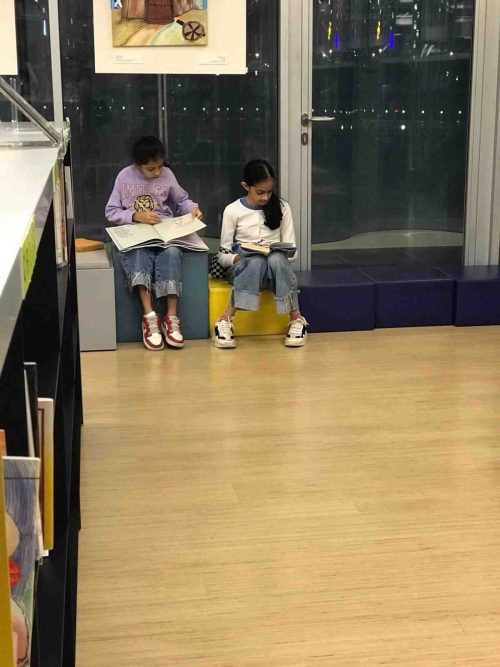
My daughter, in turn, tells him about the school volunteer programme she’s joined, where she and her peers spend Saturday mornings with children from the local Prathmik Vidyalay (Primary School). She says it makes her feel good. “That’s hella good, bro,” he grins, and she beams.
In that exchange, I see both inclusion and the will to do better. And because it comes from the young, I know it’s already happening. Our job as parents? Perhaps we start by simply tuning in and opening up.
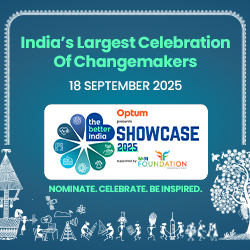
No comments:
Post a Comment